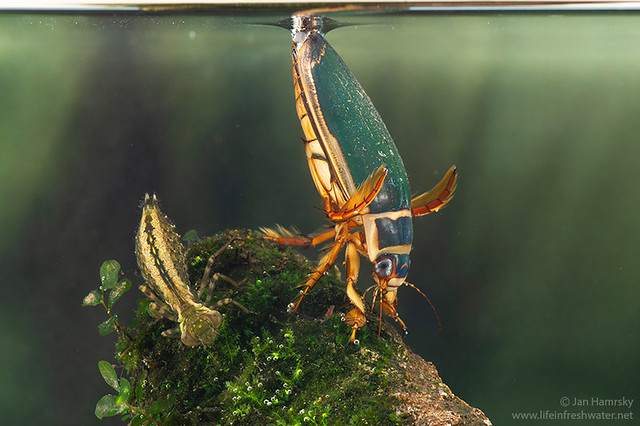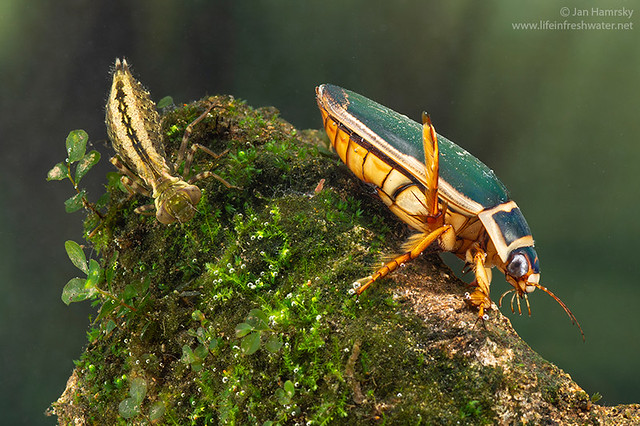Die Gemeine Weidenjungfer (*Chalcolestes viridis*) ist eine Art aus der Familie der Teichjungfern (*Lestidae*), die in Europa verbreitet ist. Sie hat einen metallisch grünen Körper mit bronzenem Schimmer, transparente Flügel mit Pterostigmata und große, dunkle Komplexaugen. Ihre Körperlänge beträgt 45–50 mm, die Flügelspannweite 50–60 mm.
Typisch ist die halb geöffnete Flügelhaltung im Ruhezustand. Sie lebt an langsam fließenden oder stehenden Gewässern mit angrenzender Vegetation, besonders Weiden und Erlen, die auch für ihre Fortpflanzung wichtig sind.
Das Weibchen ritzt bei der Eiablage Gehölzrinde an und legt Eier darin ab. Die Larven schlüpfen im Frühjahr und lassen sich ins Wasser fallen, wo sie sich zur Metamorphose entwickeln.
The Willow Emerald Damselfly (Chalcolestes viridis) is a species from the Lestidae family, widespread across Europe. It has a metallic green body with a bronze shimmer, transparent wings with pterostigmata, and large, dark compound eyes. Its body length ranges from 45 to 50 mm, with a wingspan of 50 to 60 mm.
A distinctive feature is its half-open wing position at rest. It inhabits slow-flowing or still waters with surrounding vegetation, especially willows and alders, which are also crucial for reproduction.
During egg-laying, the female incises the bark of woody plants and deposits eggs inside. The larvae hatch in spring, dropping into the water, where they develop until metamorphosis.






























